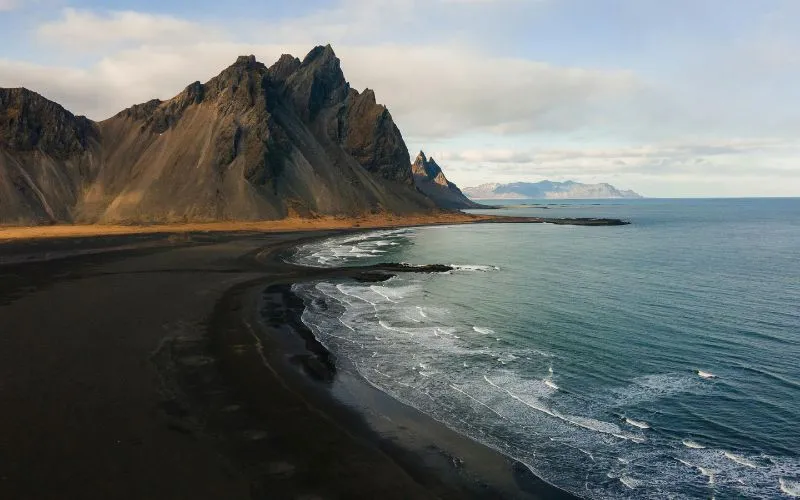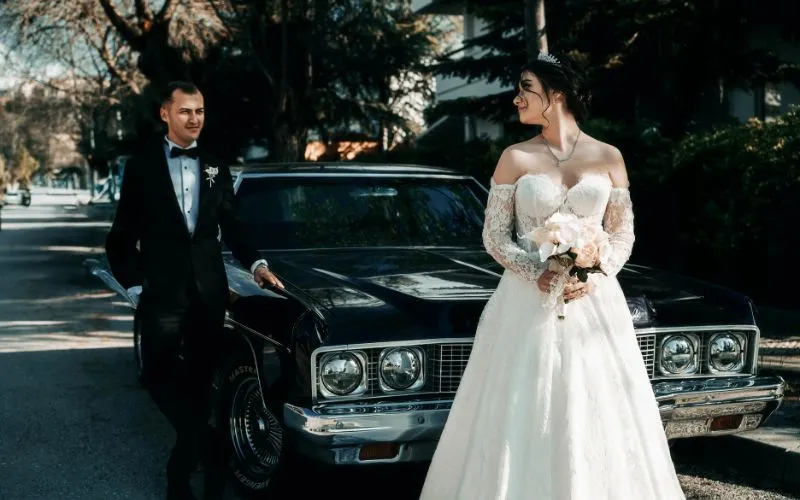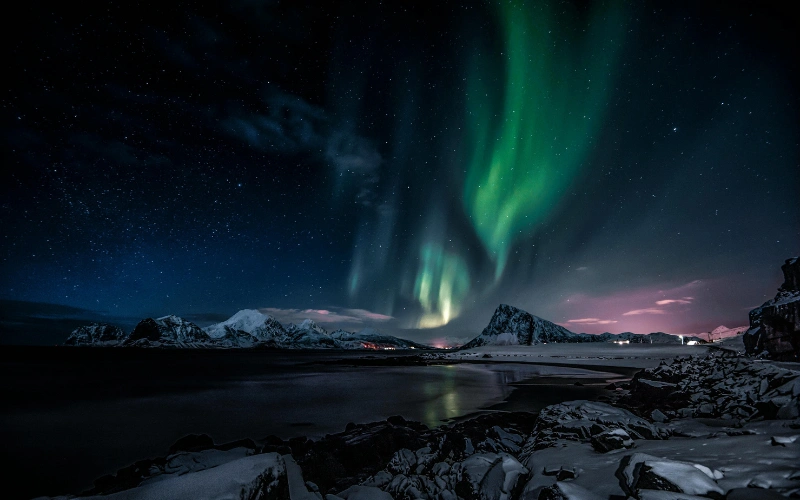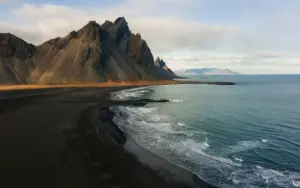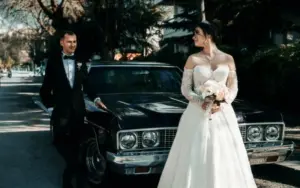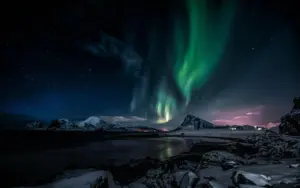
At the onset of one’s love for photography, you usually realize your artistic bent. Either you love this way of seeing or that way of seeing. Respect those photographers or these photographers. Perhaps, if varied in mind, you pick and choose. Austrian photographer, Thomas Hofer, is a pick-and-chooser. Encouraged at Edinburgh Napier University to explore different genres and styles, Thomas Hofer has shot in a variety of approaches: still lives, portraiture, street, and landscape.* And although he’s greatly proficient in each, it’s his Domesticated Landscapes project that I was immediately drawn to.
Shot from a helicopter, these landscapes offer a unique perspective toward land and city. They explore the tenuous relationship to what is lasting and what is fleeting. And, most importantly, they highlight how our streets and homes can start to look sinister when seen from high above. What seems straight and natural can look zigzagged and scissoring, asphalt and pavement now alien and doomed. These images show us in the way, concoctions molded from Earth but made to look like anything but.
In this interview, Thomas Hofer explains how he got into aerial photography, talks about how Thomas Hofer got his start in photography, and reveals what went through the mind of Thomas Hofer when he was up high in the helicopter.

You’ve worked with landscapes, portraits, and still lives. How did you get your start in photography?
I got my first DSLR before a school trip to London and immediately got hooked to photography. I kept shooting actively during my school years and got commissioned by a theatre society. After I realized that quite a few of my images appealed to people, I decided to go to Edinburgh and enroll in a BA (Hons) Photography & Film programme. Going to university really helped me to step up my game, as it forced me to explore various approaches in photography. I think it is crucial for your artistic and professional development to be put out of your comfort zone. I developed a whole new understanding and appreciation of certain photographic genres and techniques, just through simply having to engage with them.

How would you describe your work?
I just entered my final year for my BA and we are slowly being pushed into developing a personal body of work. As for now, we are still encouraged to experiment with different genres and styles. I am very interested in photographing people. Be it commercial, documentary, or street photography, it ultimately comes down to being portraiture to some degree. At the moment I do a lot of studio work in order to to practice the technical side of it, but also to hone my interpersonal skills.

Domesticated Landscapes is such a great project. How was it working from that high? What tips do you have for other airborne photographers?
Thank you for the kind words. Shooting the series was a really exciting experience, as it was my first time flying and photographing in a helicopter. I had the chance to get on board of a sightseeing helicopter tour from Las Vegas to the Grand Canyon and back. Beforehand I had a friendly chat with the pilot and kindly asked to be seated in the co-pilot seat, which certainly had the best view of all the passenger seats. As we started around seven in the morning in June, the sun was already pretty high in the sky, but luckily the shadows were still at an angle that helped to create depth in the images.

I imagine you made a shot list that prioritized which locations you wanted before leaving the ground. What steps did you take in your pre-production process?
Apart from reading up on the technical side of aerial photography and talking to the pilot, there was not much I could have done in preparation. The pilot however knew the terrain like the back of her hand, as she is flying the tour several times a day. She was kind enough to point out some of the interesting sites and adjust the speed accordingly to cover them. Throughout the flight I was constantly photographing and looking for graphically interesting elements.

You make our highways look foreign and unnatural. Compositionally, what was on your mind when taking these photographs?
I believe the framing is something I did instinctively. During the flight I simply did not have time to think of a bigger concept, so I just strived to frame the images individually as appealing and interesting as possible. I think that the implementation of the rule of thirds and the golden ratio helped very much to create a coherent look. This consistency baffled me at the sequencing stage of my book: Very often I would find that leading lines within images would start or end in similar points of the frame. This allowed me to deliberately pair images and make a connection through the double page spread.

Which equipment did you use? What helped you keep your hand steady up high?
I was using a Canon 5d MkII with the EF 24-105mm f/4.0 L IS USM lens with image stabilization. I raised the ISO (around 400 – 800) to be able to use a faster shutter speed to eliminate any motion blur. I also used zone focusing. For the next time I would take a pole filter with me to counteract any reflections in the window. The other option would be to open the door, if you are on a flight on your own.

Domesticated Landscape #6 is troubling but great (above). It highlights how comfortable we are with destruction, how near it is to us. What insights about our environmental behaviors did you learn during this project?
It was a revelation to see what impact the demands of a city can have on the terrain. Las Vegas was the vastest expanding metropolis in the states over the last decade, as I included in my research statement on my website. I was amazed by the rate and ease at with Las Vegas seems to spread itself into the desert. As soon as you air airborne, you could see the city merging with the dessert and being separate only by a road.

Your ability to work with natural light is also seen in your portraits. The 5th image in Mobility & Age is wonderful. When taking portraits, which aspects of a person are you most drawn to?
I think I am most drawn to people’s character and their face, which I think both manifests in an expression. The engagement between the sitter and the photographer is something wonderfully simple yet delicate. Edward Steichen once said that a portrait is not made in the camera, but on either side of it. Taking someone’s portrait is always port of a conversation. It is something that allows you to create an instant intimacy with a stranger.

Check out: 80 Mesmerizing City LUT Presets For Urban Photography
What would you consider the greatest lesson you’ve learned so far in your career?
Don’t accept saying “no” to yourself. If you get the chance to do something or think you have a great idea just go with it. And if it is outside your comfort zone, just push yourself! That being said, I still need to push myself to do certain things – a lot!

Be sure to check out all the work of Thomas Hofer on his website & facebook
*Correction, Nov. 13, 2013: This post originally misstated that Thomas Hofer was attending the University of Edinburgh.

